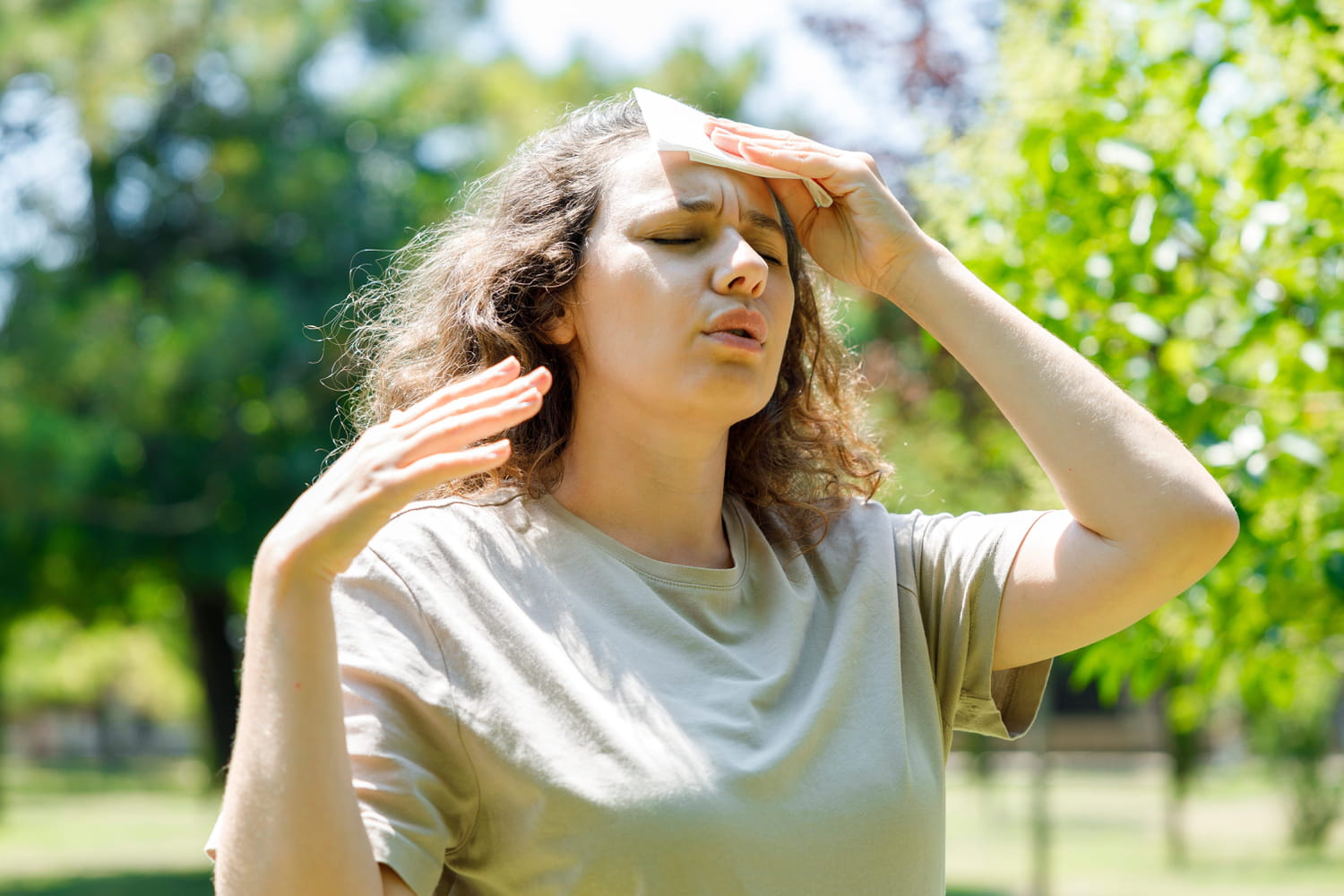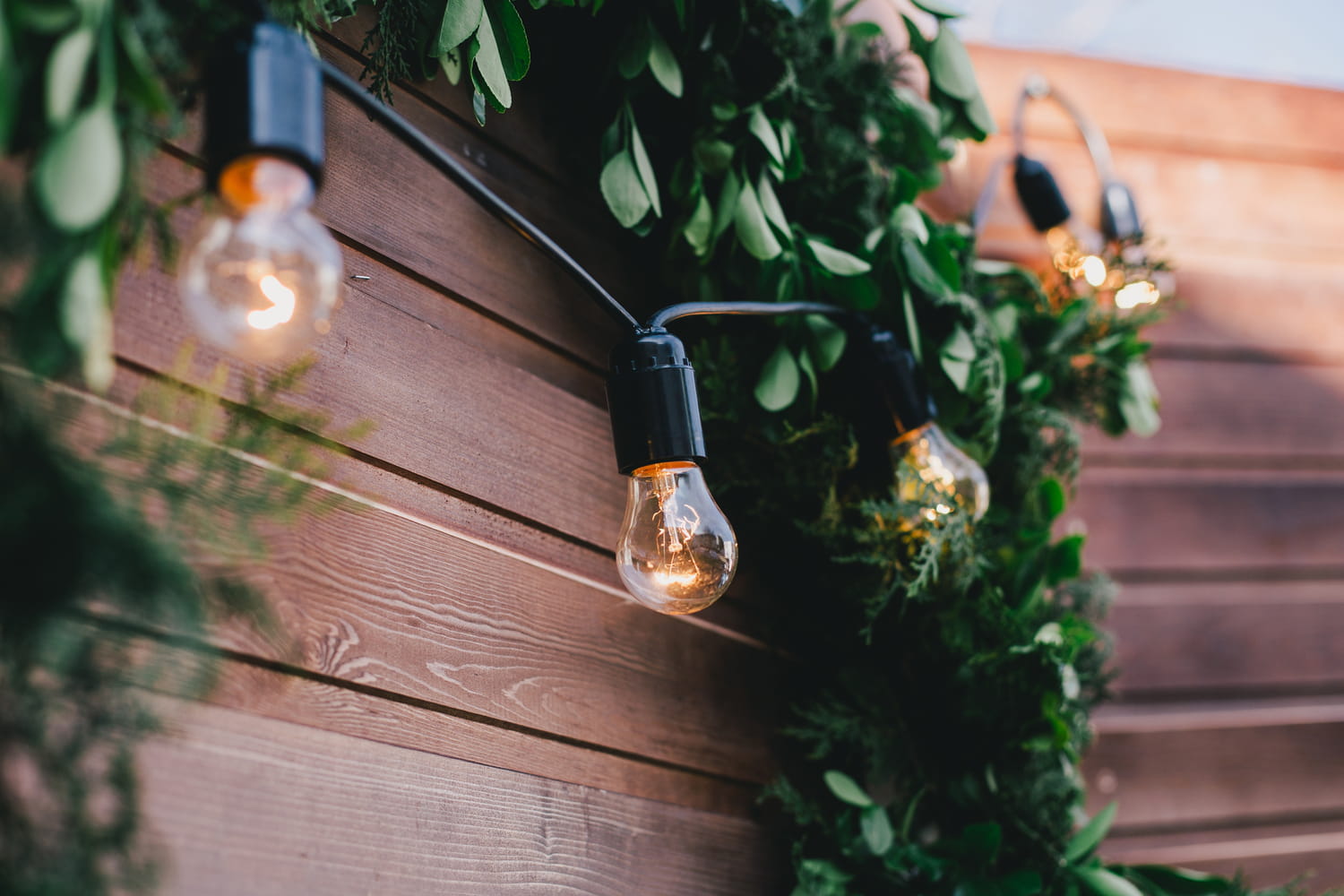The development of the outdoor space inevitably involves the choice of the floor covering. The tiles guarantees solidity, practicality and sustainability, not to mention its undeniable aesthetic asset. However, it is necessary to avoid setting your sights on the first exterior tiles coming. Our advice to choose the slabs in your terrace or balcony.
It is decided, for your balcony or your terrace, it will be Outdoor tiles ! Now, it’s about choosing the many models of tiles Available in store. Not all are equal, far from it, and some will be better suited than others to your needs. To see more clearly, here are some elements to take into account.
Does your terrace also serve as a driveway? In this case, you will opt for Non -slip tiles to maximum grip. Is your balcony little sheltered and you live in the north of France? Favor soil gel resistant which limits water absorption. Is your exterior exposed to south? Avoid light, too dazzling shades. The orange caught your eye and you plan to adopt it for your outdoor tiles? Especially not! Think that a tiling is there to last and that after the fashion effect, you will have to live with it.
Finally, the question of the budget will also guide your choice, knowing that the price range for 1 m² of outdoor tiles varies between 6 euros and 50 euros.
This is of course the first criterion to study since it is he who will determine the cost and the final aspect. Note that the exterior tiles are available in several materials, with different properties (resistance, ease of maintenance …):
- Ceramics: It is a widespread option in the southern regions. Resistant and rustic, it has its little effect. Two downsides, however: the choice of colors is quite limited and its porous material requires maintenance.
- Sandstone outdoor tiles: Whether he is in porcelain stoneware enamelled (that is to say covered with an enamel layer) or full mass (without enamel therefore), the sandstone tiles will offer you very great resistance and perfect waterproofing, at a very low price. He can also imitate to be mistaken for wood, concrete and stone, and will thus adapt to all desires and all styles of decoration.
- The external natural stone slab: The slabs and paving stones meet in a multitude of shapes and colors and can satisfy all desires. Natural stone also offers a great resistancebut it should be treated regularly against frost and stains, and its price can be quite high.
- Reconstituted stone exterior tiles: Made from crushed stone mixed with binders and then molded, this tiles do not require specific treatment to be very resistantand its price remains reasonable. If you want to benefit from the visual aspect of the stone at a lower cost, bet on this reconstituted coating.
- Glass exterior tiles: Resolutely original, it allows you to dress your terrace in style and light it by the ground. Its high price makes it an exceptional material.
- Cement : The strongest material remains cement, which will suit contemporary decorations.
Another important point, the standards allow you to see more clearly on the resistance of the paving chosen for the terrace:
Resistance to passage
It’s the European standard PEI which classifies the tiles as a function of the level of passage and the abrasion (from PEI II for a moderate passage to PEI V for an intensive passage), and the French standard Upec which categorizes the I (less resistant) tiles for IV (for the most resistant) according to their wear resistance, water, chemicals and punching.
Resistance to gliding
We refer to the ABC standard For the grip of bare feet on wet tiles (A: average adhesion, b: high adhesion, C: strong grip) and the St standard For the adhesion of the foot on wet tiles (from R9: Average grip at R13: Excellent grip).








